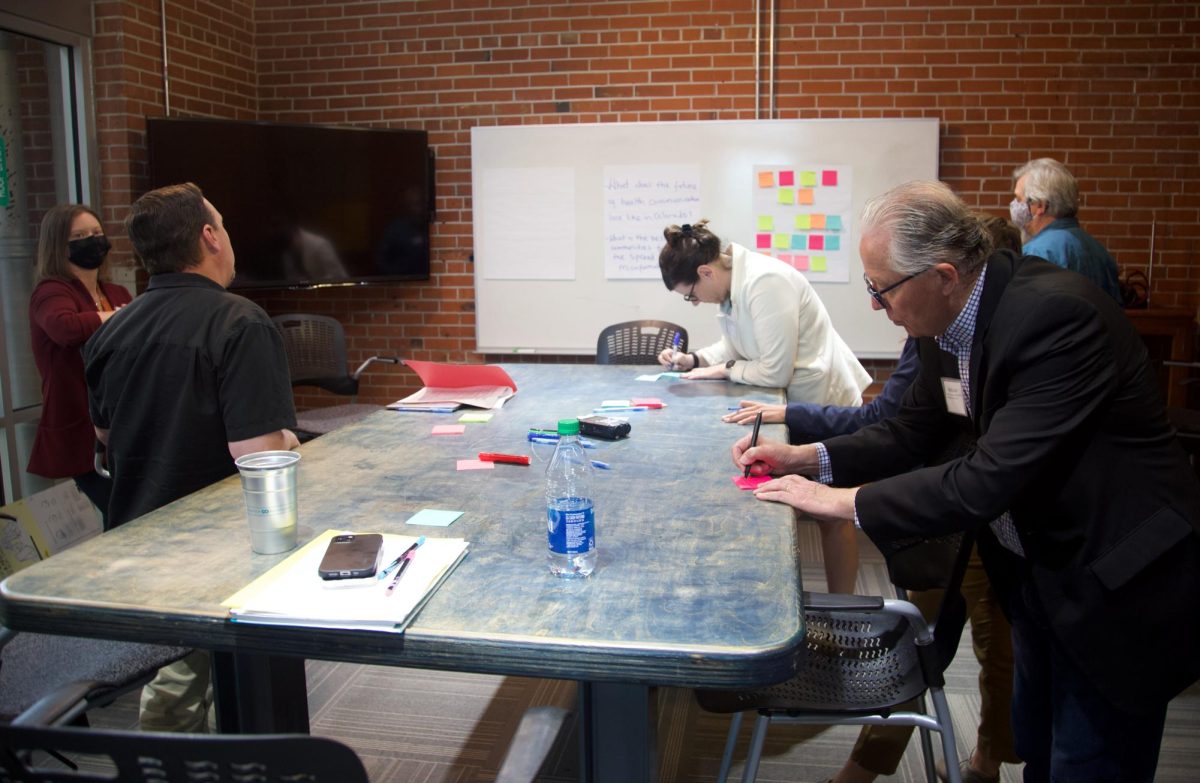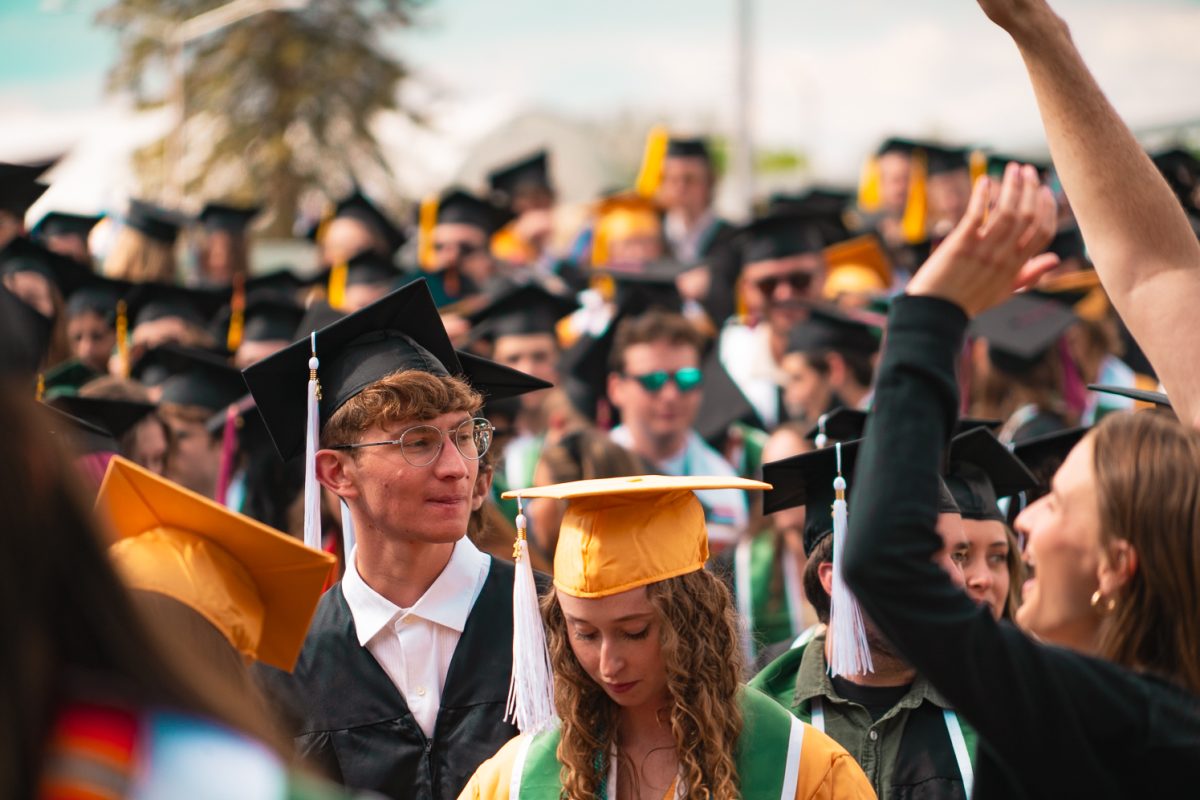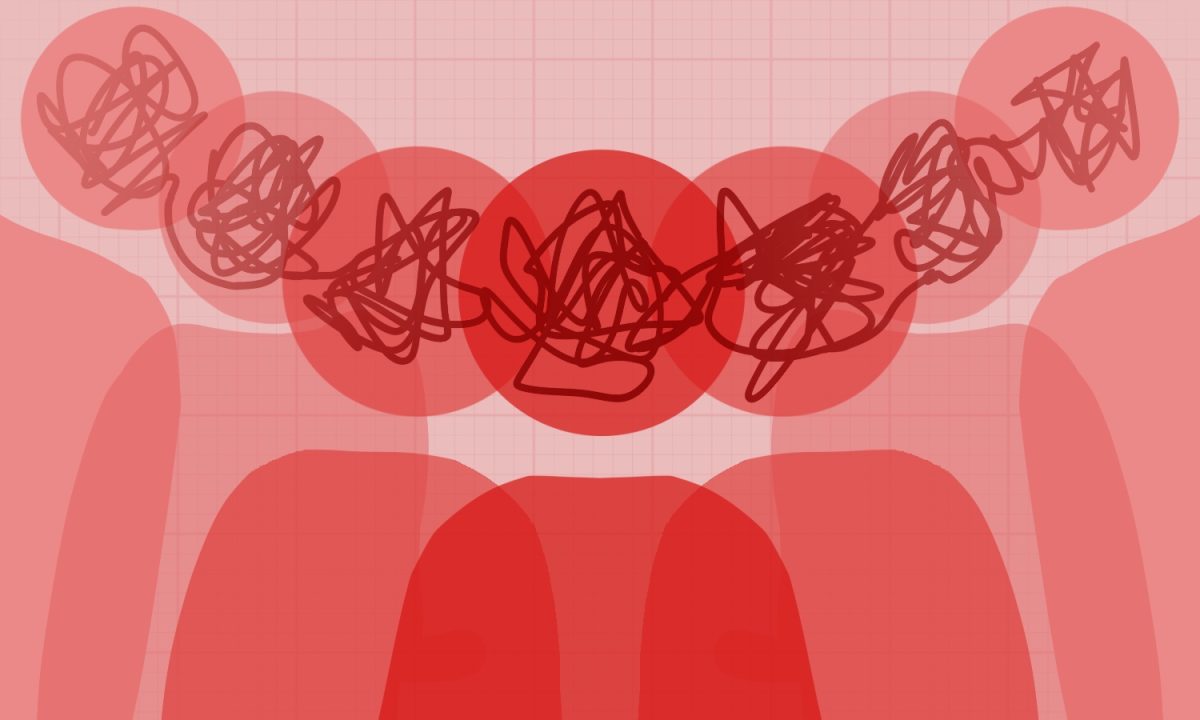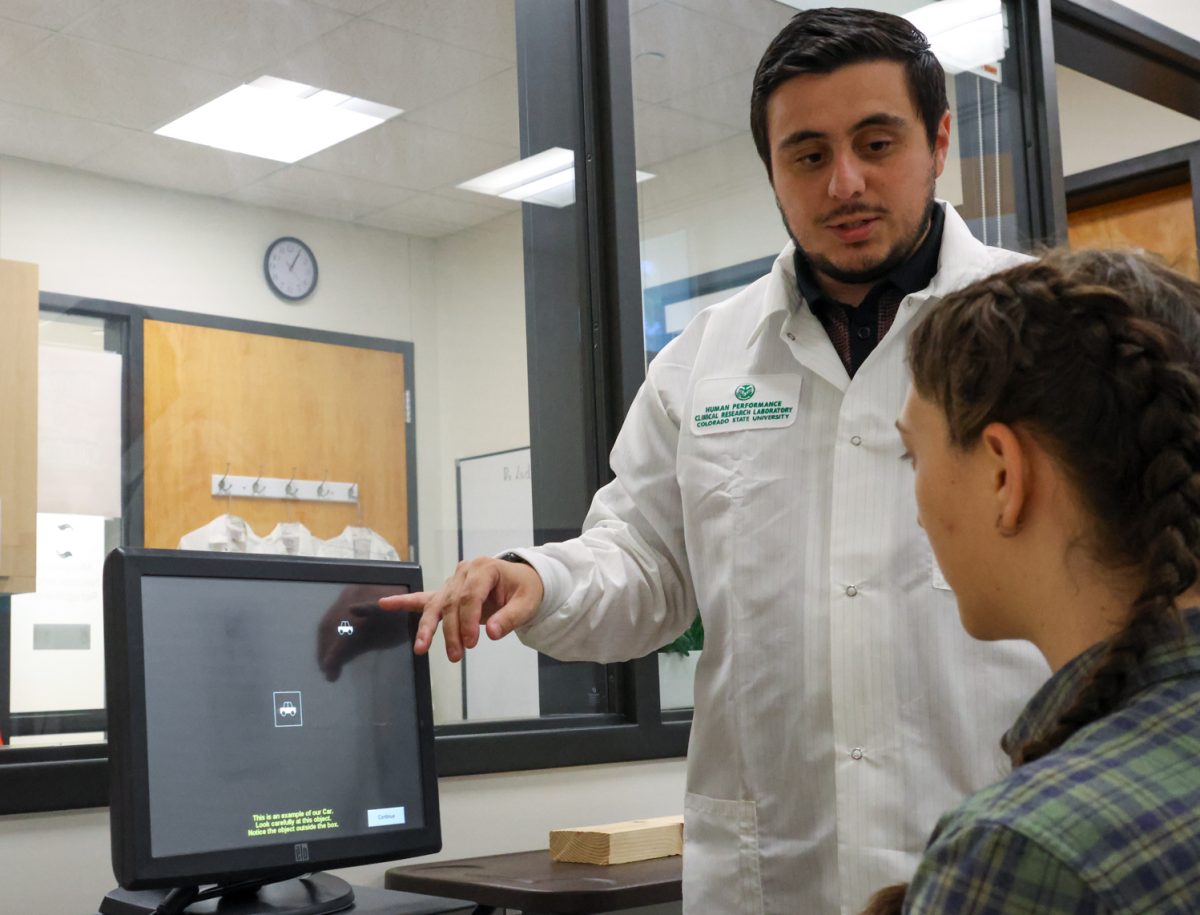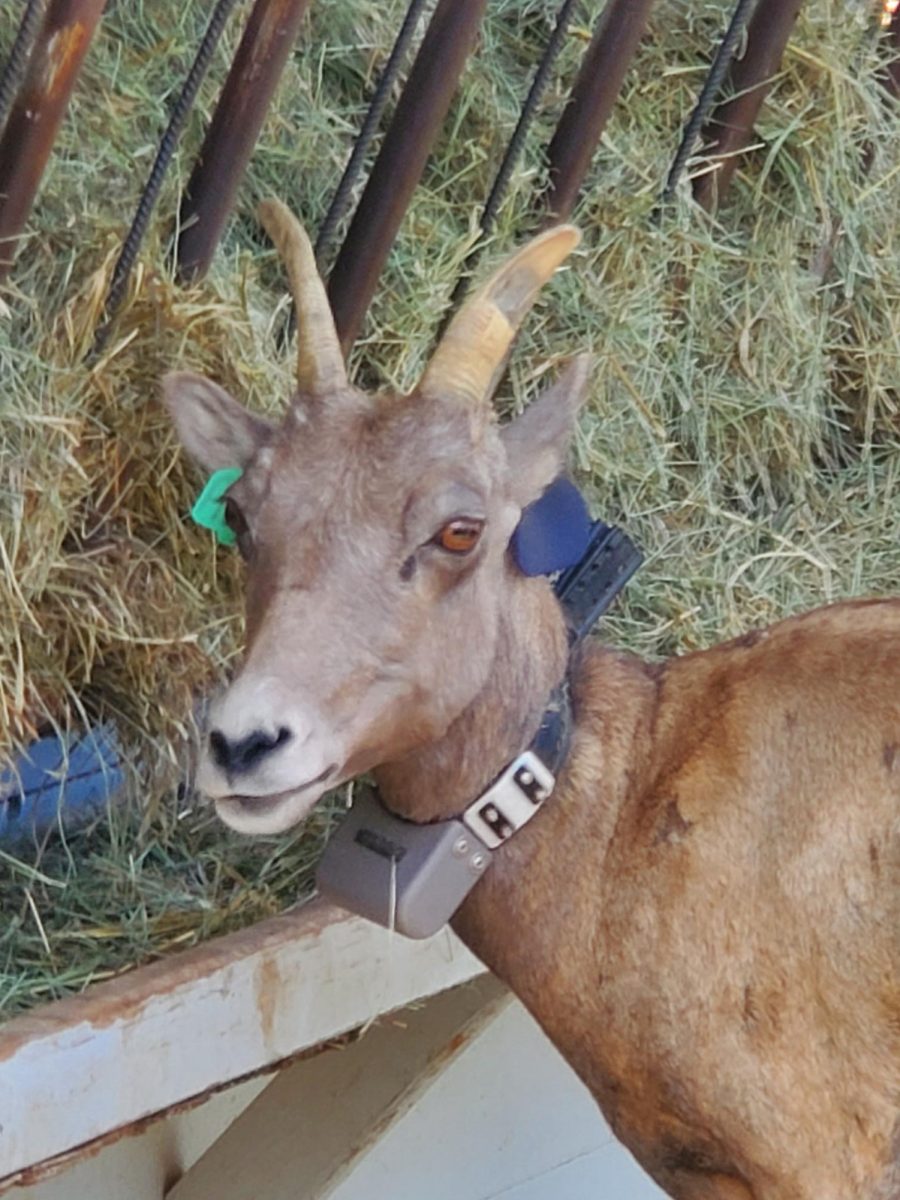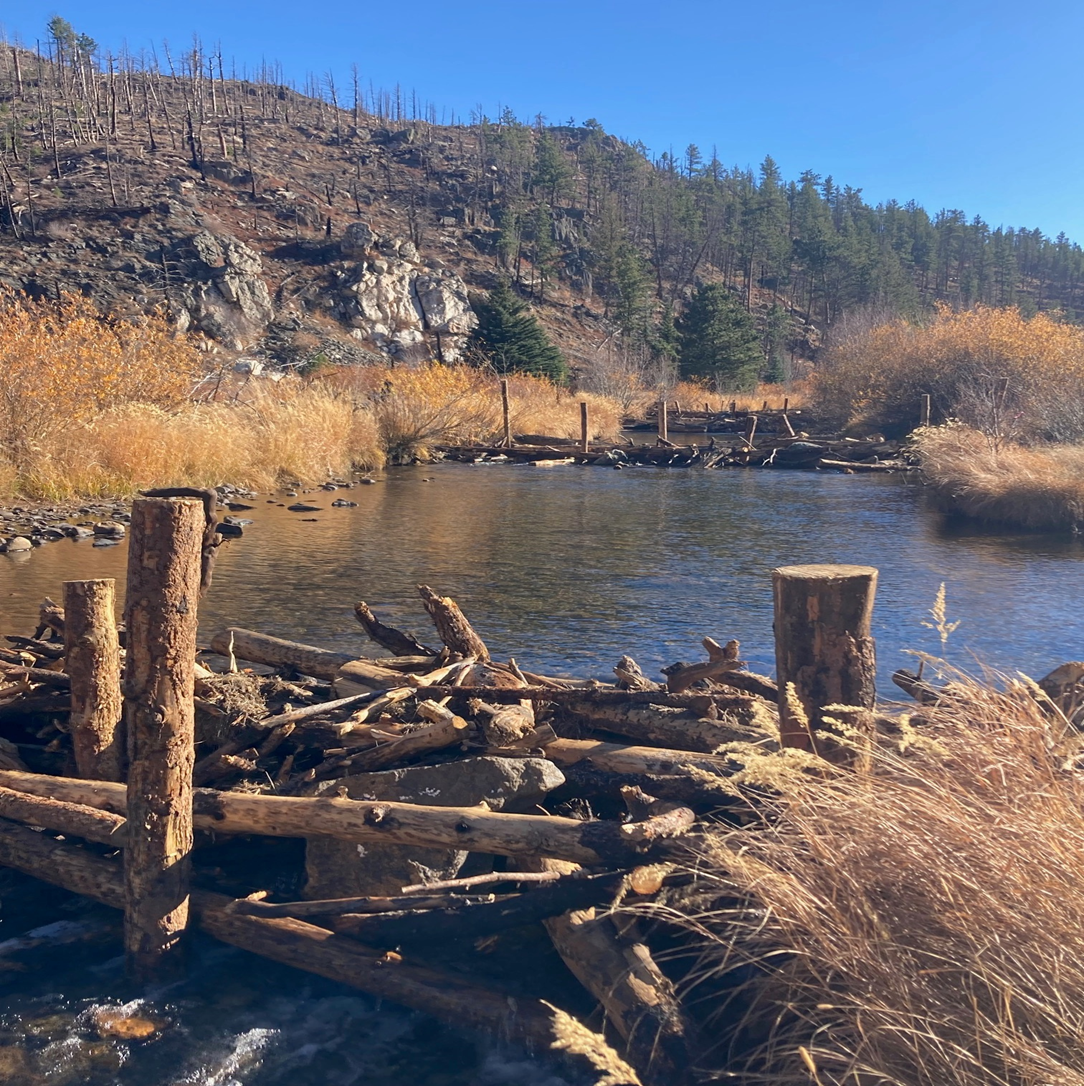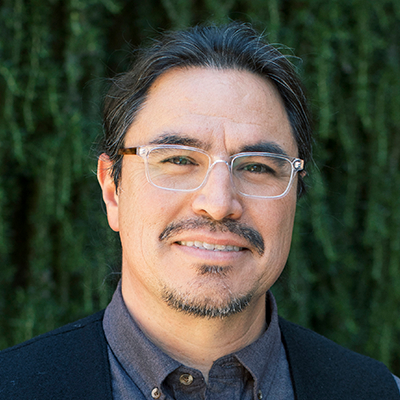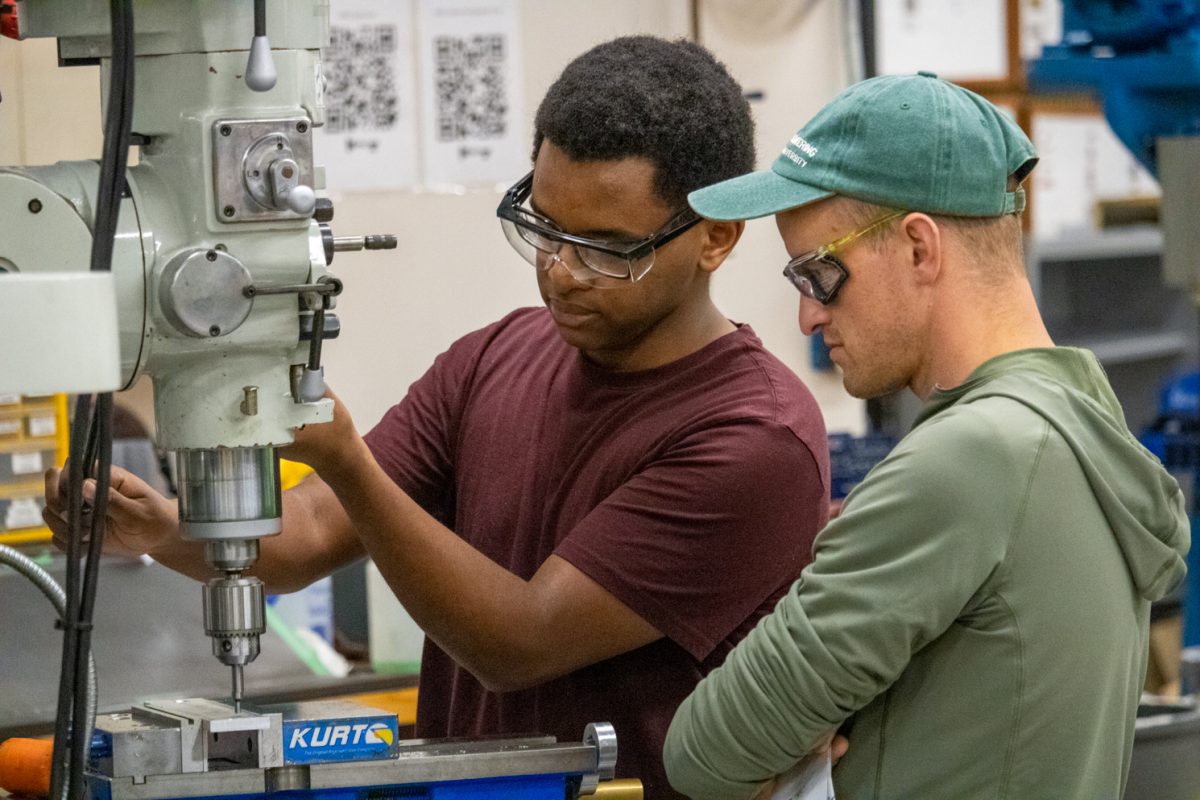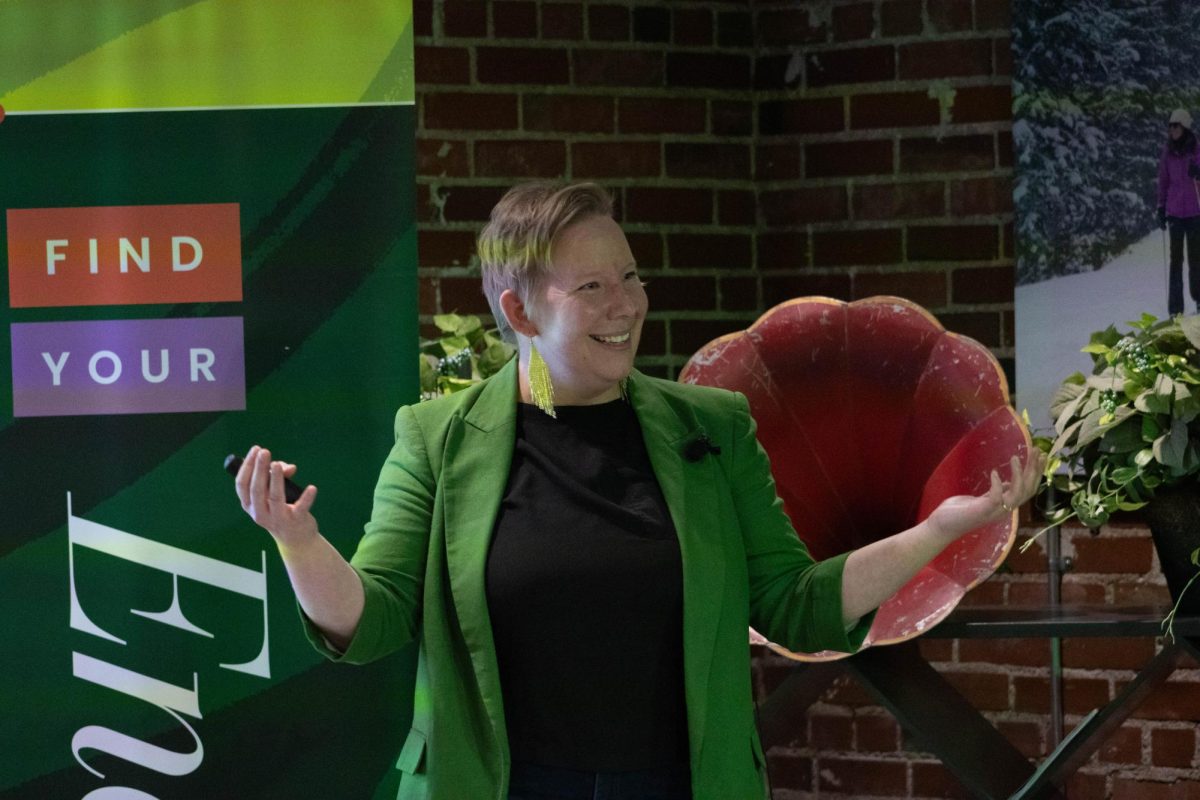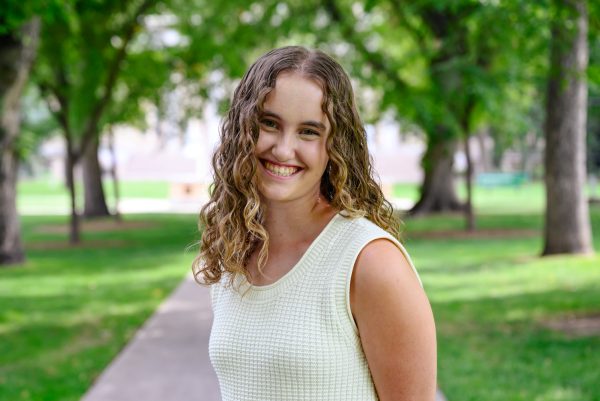The process of translating complicated, multidimensional scientific findings into simple language is an intricate process. Colorado State University’s Kelp Laboratory is seeking to understand the science behind effective scientific communication.
Nicole Kelp, an assistant professor in the department of microbiology, immunology and pathology, founded the lab that now bears her namesake in 2020 after arriving at CSU. When determining the research lens, she drew inspiration from a pattern she noticed during her previous appointment at Washington State University.
“I was assigned to teach a science communication course to undergraduate students at WSU,” Kelp said. “That was when I realized a lot of us STEM scientists who have Ph.D.s in some sort of STEM field are trying to do science communication, recognizing the importance of it, but we aren’t communication scholars.”
Science communication is the practice of communicating and properly informing audiences with nonscientific backgrounds of scientific information. The lab’s research is divided into two buckets, science communication and education research, to better identify more effective teaching methodologies — one of which includes evidence to shift away from the traditional model of the industry.
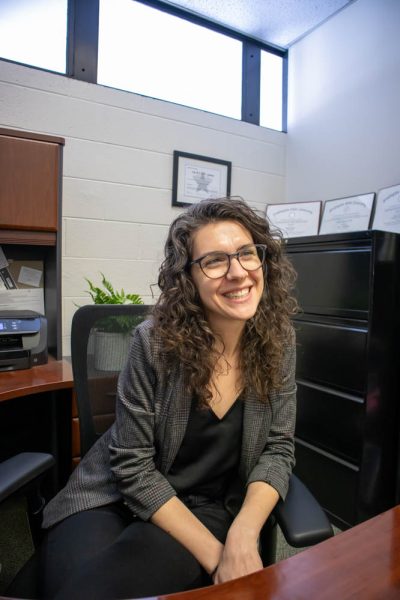
“The traditional model of science communications was called the deficit model, which is, ‘I’m a scientist; I know science. You’re not a scientist; you don’t know things. I need to give you information so you know more, and you should trust me as a scientist,’ which is kind of how science communication has been done for the last few decades,” Kelp said.
Shifting industry standards have navigated away from the deficit model, citing a lack of trust building and effective problem solving. The Kelp Lab’s research suggests training scientists from a mutual effort mindset is far more successful.
“We’ve shown that when we teach this (collaborative) approach to science communication, which is more effective, and we say, ‘Hey, different people’s perspectives and backgrounds matter to solve complicated problems in science,’ it helps students recognize, like, ‘Oh, my profession and background matters,’” Kelp said. “Whatever background, those are all important in science.”
The lab encourages this collaborative mindset across campus, as studies actively engage the Center for Science Communication, various faculty members across the university and the Rockies and High Plains Vector-borne Diseases Center.
The second bucket of research that addresses effectiveness of scientific communication includes ongoing research into effective public health campaigns, especially in the possible face of diseases that are not fully understood at the present moment.
“We specifically look at the kind of things that come up during, like, emerging infectious diseases, things like scientific uncertainty,” Kelp said. “How do we communicate not-settled science? It’s uncertain. It’s evolving. We don’t know. COVID is a great example of that. If the scientific community doesn’t fully know something, how do we talk about that with the people whose lives it’s impacting? And then misinformation — how do we address this information that arises during these uncertain, tricky things?”
“The lab would not exist without students there, from conceptualization of projects to execution of projects, data collection, analysis, writing, their faults and everything, and so I’m very thankful for everyone in the lab.” -Nicole Kelp, Kelp Lab principal investigator
Several recent publications include explaining the public perception of microbes and microbiomes in the United States, measuring the impact of misinformation on vaccine uptake and the importance for STEM students to learn inclusive science communication.
Regardless of target subject, the laboratory employs a uniform methodology to gather data.
“(The) types of methodologies we use in the lab and lots of social science research beyond the lab are quantitative methods, like surveys, and so we either designed or utilized other surveys that have already been designed,” Kelp said.
The lab also uses psychological theories to understand the motivator — positive or negative — behind people’s responses to scientific information and the resulting actions they choose to take.
“The theory of planned behavior is used a lot in science communication and education research, looking at why do people do what they do, and what are the different factors that lead towards that?” Kelp said.
Undergraduate and graduate research opportunities are also housed within the lab, where students perform key tasks that are instrumental to the lab’s daily functioning.
“The lab would not exist without students there, from conceptualization of projects to execution of projects, data collection, analysis, writing, their faults and everything,” Kelp said. “And so I’m very thankful for everyone in the lab.”
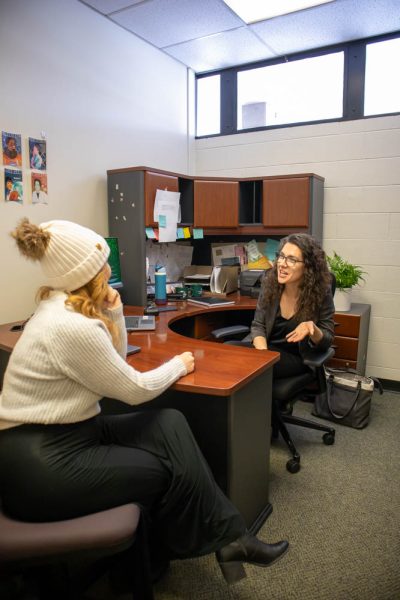
This camaraderie is noted among student research assistants, as biomedical sciences student Jessica Gray explained.
“When the Kelp Lab took me (on), I just found out that they’re the most kind, welcoming people, and they were so willing to help mentor me,” Gray said.
Undergraduate opportunities are not limited solely to STEM degree programs, with current students’ majors ranging from statistics and biomedical sciences to journalism and environmental public health.
“I actually think that having people from diverse backgrounds working in science communication is important because that enables us to bring our different perspectives in, and then we can understand how to collaborate with other people because we’ve got those people thinking on the other side, too,” said Julia Hilliard, a graduate research assistant and microbiology doctoral candidate.
Other opportunities exist for Ph.D. students, including Hilliard, who were drawn to the laboratory for its unique area of study.
“I actually chose CSU kind of based on the fact that Nicole was here doing science communication research,” Hilliard said.
Hilliard and Kelp are currently working to develop a project to measure mindful metacognition, or the ability to think about one’s own thinking, to better aid scientists in delivering effective communication and overcoming potential fears of public speaking.
“I would like to use a sort of tailored performing arts curriculum, so pulling things from singing, acting, dancing, character building (and) vocal training to kind of help people build a character and facilitate some of their communication to each other,” Hilliard said. “That’s all kind of couched in this concept of being aware of how you think first, so that you can even realize how you need to change the way you might be thinking to feel better about your performance.”
In a rapidly changing field in which collaborative efforts and unique perspectives are coming to the forefront, Kelp noted her own background as a molecular biologist, with little formal training in social science research.
“I do this research now, but I wasn’t trained in it originally,” Kelp said. “I had to kind of self teach, and some of the early work I did in science communication training wasn’t the most evidence-based approach. … I’m doing research on it and trying to contribute to building that evidence more so everyone can always get better and learn more about it. And that’s kind of what science is right? To put on something, learning and getting new data.”
Reach Katie Fisher at science@collegian.com or on Twitter @CSUCollegian.



